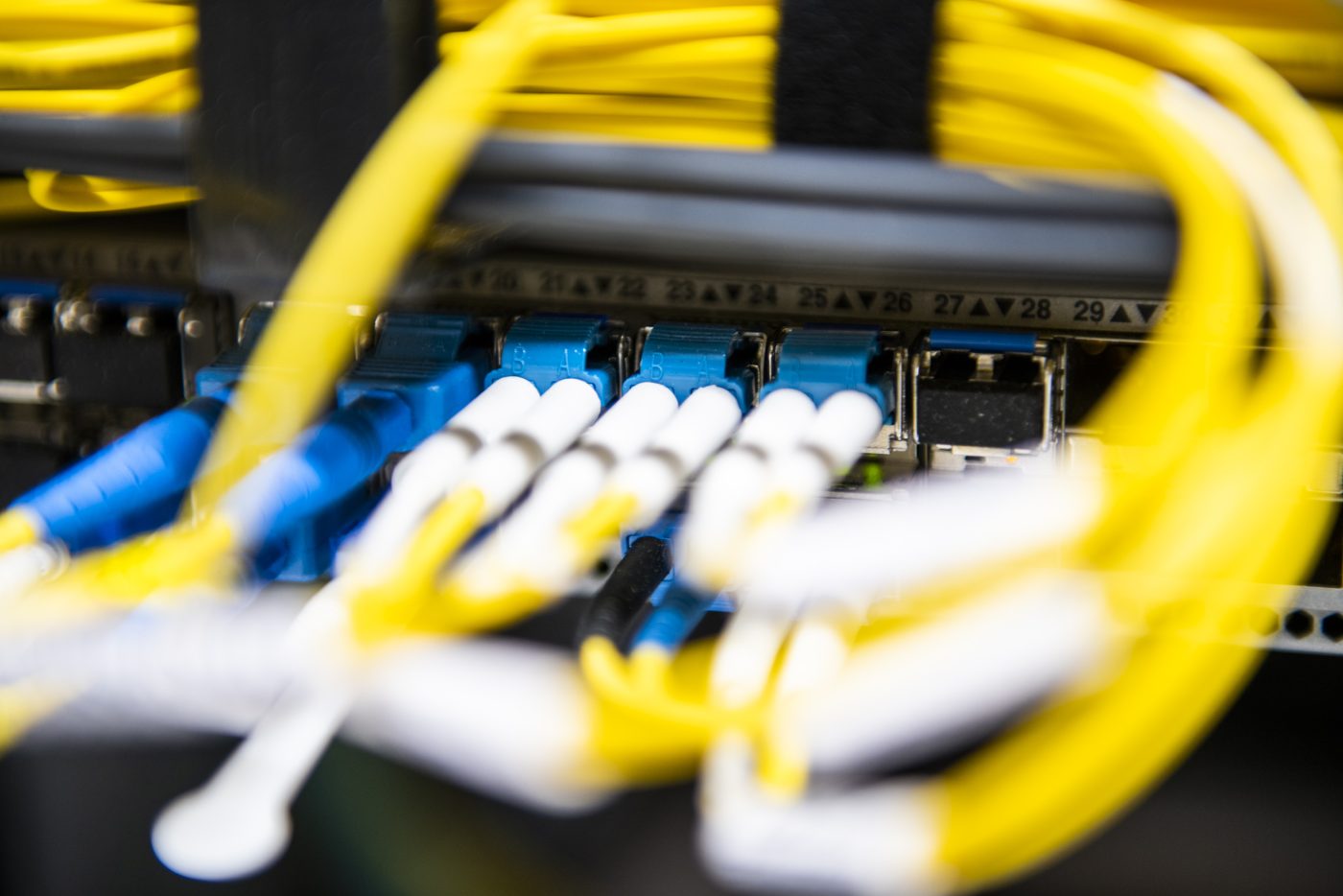We’ve talked at length about the ways IXPs help to meet the demands of the increasing digital economy, and how IXPs can be used to augment digital transformation initiatives. Today, we’re taking it back to basics and exploring the five key benefits of using internet exchange points and the value that peering can bring to your network. As the leading interconnection platform in Italy, we’re well versed in the ways peering can transform the performance, costs, and usability of an enterprise’s digital infrastructure, and we’re committed to bringing these benefits to everyone. Let’s jump straight in.
Benefit One: Peering improves your end-user experience.
Service providers today serve a variety of end users who demand a consistent, high-quality user experience anywhere around the world. In the age of customer experience, peering at IXPs allows service providers to create new efficiencies while enabling them to deliver an optimised end-user experience. This improves your service offering, gives you the edge on competitors, and strengthens your value proposition.
Benefit Two: Peering lowers the latency of your edge.
Good end-user experience is all about latency, packet loss ratio, and throughput, so having direct connections to service providers is mission critical. Latency is one of the most important factors on IP networks in terms of stability and applications like gaming, VoIP, streaming, and many others.
With transit, you often won’t know the path your data is taking, which can lead to expensive, inefficient routes—or tromboning, in the worst case. But with peering, you get control over where your network exchanges IP with other important networks.
Benefit Three: Peering is a safe and fast route.
Peering enables direct access to many of your traffic partners without the need for intermediary networks that are free to change routing on their network without notice. By directly connecting to IXPs, you secure the traffic routes to your most important networks. You can enjoy a better working network, as you have less latency, fewer jitter problems, less packet loss, and more throughput – which has a strong impact on the stability of a network.
Benefit Four: Peering means you are the driver of your car.
Benefit Four: Peering means you are the driver of your car.
With peering, you are sending your traffic directly to the peering partner. The IXPs unlock new potential and open up the opportunity to all network operators to peer, reducing expensive pay per use IP-Transit , as well as the need to buy and manage remote equipment and remote cross-connect fees. IXPs can also help lower the overall costs for end users by avoiding transit payments. Simply put, IXPs help efficiently route traffic, achieve lower latency, reduce costs, and increase coverage and reach. In the face of expanding global network demands, IXPs are helping to enhance the global flow of information in the most cost-effective and efficient way.
Benefit Five: Peering boosts your connection to big players.
Major content providers such as Google, Facebook, Netflix, and Amazon all utilise peering to ensure they have super network performance. These businesses engage in peering all over the world, and will often be present in regional IXPs to keep their traffic as local as possible, improving performance and keeping costs low. If you frequently exchange traffic with big players like this, it makes sense to set up a direct connection with them at IXP, so you can enjoy the benefits too.
Italy’s leading interconnection platform is ready for the future
With IXPs across Italy, (Milan metro area, Bologna and Palermo) totalling 10 points of presence (PoPs), MIX offers the perfect strategic gateway between central and southern Europe. The MIX interconnection platform offers customers an opportunity to exchange Internet traffic with enhanced network performance, increased data flow control, reducing latency and IP-Transit costs. For more information, you can reach out to our IXP experts here



